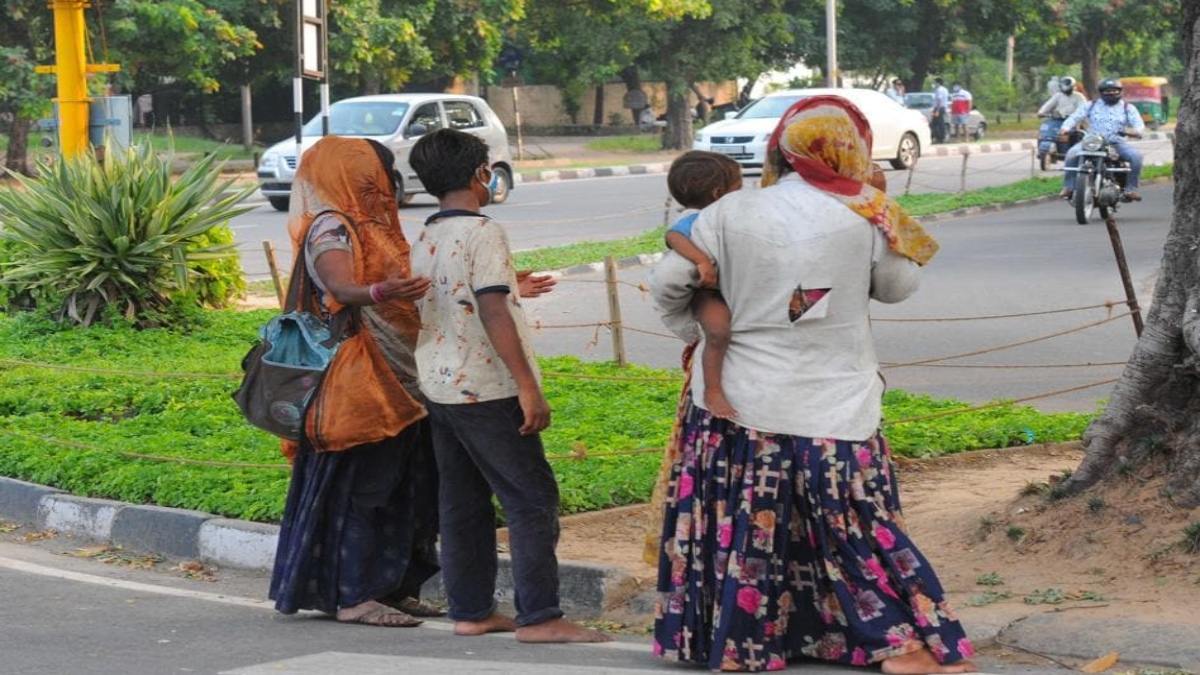


Niti Aayog’s latest national Multidimensional Poverty Index (MPI) report tells the story of a nation rising. It’s a story of inclusive growth, where the poor and the marginalised are becoming a part of India’s development trajectory. The work towards poverty reduction has gathered pace in the last decade, with 24.82 crore individuals escaping multidimensional poverty in the last nine years. That there has been a remarkable decrease in the poverty headcount ratio is apparent from the following: the headcount ratio has gone from 24.85% in 2015; to 14.96% in 2019-2021; and now 11.28% in 2022-23. This has to be seen in the context of the headcount ratio being 55.34% in 2005-2006. If this pace can be maintained, the Niti Aayog appears optimistic that the ratio may come down to the single digits by 2024-2025. Significantly, this upward trajectory is visible even in the global MPI, launched in 2010 by the United Nations and the Oxford Poverty and Human Development Initiative, which shows that between 2005-2006 and 2019-2021, 415 million Indians moved out of multidimensional poverty.
The MPI measures multiple deprivations at the household level by using data from National Family Health Survey. Quantifying poverty is in line with the pledge taken by the UN member states in 2015, to fulfil the “2030 Agenda for Sustainable Development”. The UN member countries have been given 17 sustainable development goals (SDGs) that they need to meet by the year 2030. Some of the goals are: no poverty (goal 1); zero hunger (goal 2); good health and well-being (3); quality education (4); gender equality (5), clean water and sanitation (6); alternate and clean energy (7), etc. It is this targeted pursuit of these goals that finds a reflection in the Niti Aayog’s MPI report. MPI is broadly divided into three categories: (i) health, (ii) education and (iii) standard of living. These categories are further divided into 12 areas: 1) nutrition, 2) child and adolescent mortality, 3) maternal health, 4) years of schooling, 5) school attendance, 6) cooking fuel, 7) sanitation, 8) drinking water, 9) housing, 10) electricity, 11) assets, 12) bank account. According to the Niti Aayog, all 12 areas are showing substantial improvement, which suggests that the government’s focused intervention through targeted schemes such as Poshan Abhiyan, Swachh Bharat, Ujjwala, Jal Jeevan, Jan Dhan, Mudra, and others, is working on the ground.
Eliminating multidimensional poverty is not only about ending poverty and deprivation, but also making individuals and groups productive members of society. Take the example of Ujjwala. A gender focused scheme, Ujjwala is designed to provide women with a clean and healthy source of fuel—LPG cylinders—where they are not affected by household pollution resulting from unclean sources of fuel such as kerosene, dung, charcoal, firewood, etc. A free LPG connection also eliminates the potential hazards that women in remote areas may face while collecting firewood from forests. Effectively, Ujjwala is contributing to fulfilling SDGs such as good health and well-being (goal 3), gender equality (goal 5), providing affordable and clean energy (goal 7), etc. Add to this the free housing scheme that provides a pucca house with a roof, and other schemes that provide a toilet, tap water connection and electricity, and the ground has been laid for eliminating health hazards that come from living in houses that lack these facilities. This automatically makes a woman and her family members more productive.
Take the Mudra scheme, which is about financial inclusion and provides loans up to Rs 10 lakh to non-corporate, non-farm small/micro enterprises. Until November 2023, 69% of the total Mudra loans were sanctioned to women. These are micro credits, amounting to Rs 15,000 or Rs 20,000, to help women set up small businesses. Women got 306.4 million such loans, which translates into not only women empowerment, but also nearly as many households getting a steady source of income. This is about economic independence and human dignity, and is a game-changer to bring citizens out of multidimensional poverty.
However, the indicator of the Ujjwala scheme working is the number of refills, with the price of the refill cylinder a problem for many poor households. This is why the government has had to reduce the price of subsidized cylinders for beneficiaries to Rs 603, with the Opposition promising to give the cylinders for Rs 500 to everyone and not just to the beneficiaries. Therein lies the question of where the line between welfarism and freebies can be drawn. How much pressure can government coffers take in this age of competitive freebies? Also, what is the best way of bringing people out of poverty—making them productive citizens or giving them everything for free? What can be afforded by the government, what is within its spending limits, what it can sustain, is welfare. When the spending is unchecked, and becomes unaffordable, it is a freebie, for it’s a fiscal burden. What ultimately matters is the population being targeted. The focus has to be laser sharp as the benefits have to reach the intended people. Building houses and toilets helps the poor come out of the trap of poverty. But giving free electricity or water to even middle class households is a freebie and can have a debilitating impact on any economy. It is ultimately about making citizens empowered, not making them dependent.
What we are witnessing is revolutionary. It’s for the first time that the downtrodden are experiencing welfare economics, leading to their empowerment, as benefits reach them directly. If India can maintain this course, in spite of economic disruptions such as Covid, as the Niti Aayog says, it may achieve the SDG 1.2 target of reducing poverty by at least half, much before 2030. It will be a remarkable feat if that happens.